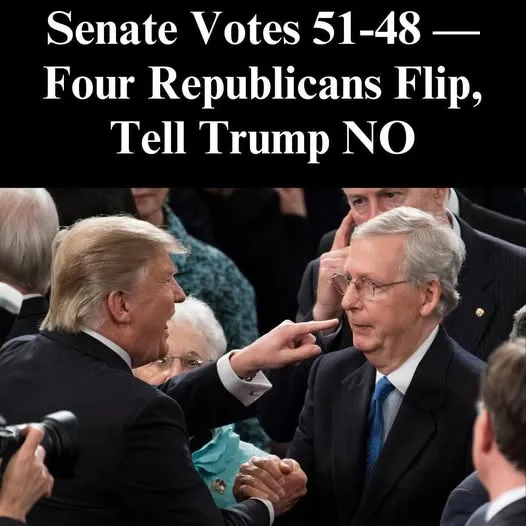In March, consumer prices experienced a decrease of 0.1% compared to the prior month, marking a shift from the 0.2% rise noted in February, as reported by the Bureau of Labor Statistics on Thursday.
This represents the inaugural occurrence of a monthly price reduction since May 2020, as reported by CNN, and may indicate future trends under President Donald Trump’s administration. Furthermore, the bureau highlighted that its overall index increased by 2.4% for the 12 months concluding in March, which is a decline from the 2.8% rise recorded for the 12 months ending in February.
According to CNBC, Wall Street anticipated a headline inflation rate of 2.6% and a core inflation rate of 3%, as per the Dow Jones consensus. The decline in energy prices played a crucial role in stabilizing inflation in March, with gasoline prices decreasing by 6.3%, which contributed to a 2.4% reduction in the overall energy index.
In contrast, food prices experienced a 0.4% increase during the month, with egg prices surging by an additional 5.9% and rising 60.4% compared to the same time last year. Furthermore, shelter costs, which are generally one of the more resistant elements of inflation, only increased by 0.2% in March and were 4% higher over the past year, marking the smallest annual increase since November 2021.
Prices for used vehicles dropped by 0.7%, while new vehicle prices saw a slight rise of just 0.1%, all in anticipation of forthcoming tariffs that are expected to significantly affect the automotive sector.
In March, airline ticket prices experienced a decline of 5.3%, while motor vehicle insurance rates fell by 0.8% and the cost of prescription medications decreased by 2%. Following this announcement, stock market futures pointed to a significantly lower opening on Wall Street, and Treasury yields dipped into negative territory, as reported by CNBC.
This report was released just one day after President Trump made a notable shift in his tariff policy, postponing some of the more stringent tariffs imposed on numerous countries while maintaining a 10% universal levy on all imports.
He also established a 90-day timeframe for the White House to negotiate potential adjustments to the elevated tariffs. Despite his campaign promise to reduce inflation, progress has been sluggish at the beginning of 2025. Nevertheless, Trump has urged the Federal Reserve to lower interest rates. However, officials at the central bank have shown caution due to considerable policy uncertainty, and current market expectations indicate that the Fed is likely to hold off on rate cuts until June.
In late February, the U.S. Bureau of Economic Analysis published its Personal Consumption Expenditure (PCE) Index, a crucial indicator of inflation, which revealed a modest increase of 0.3% in the previous month as Trump initiated efforts to address the economy.
Given that inflation generally trends upward over time, economists concentrate not on the mere fact of its increase, but rather on the rate at which it is rising. The most recent data corresponded with the predictions of experts, as reported by The Center Square.
The index has risen by 2.5% in comparison to the same period last year, or 2.6% when food and energy costs are excluded. Although economists had expected a more pronounced decrease in inflation at this point, the current statistics are still considerably lower than the high inflation rates observed during the Biden administration.




